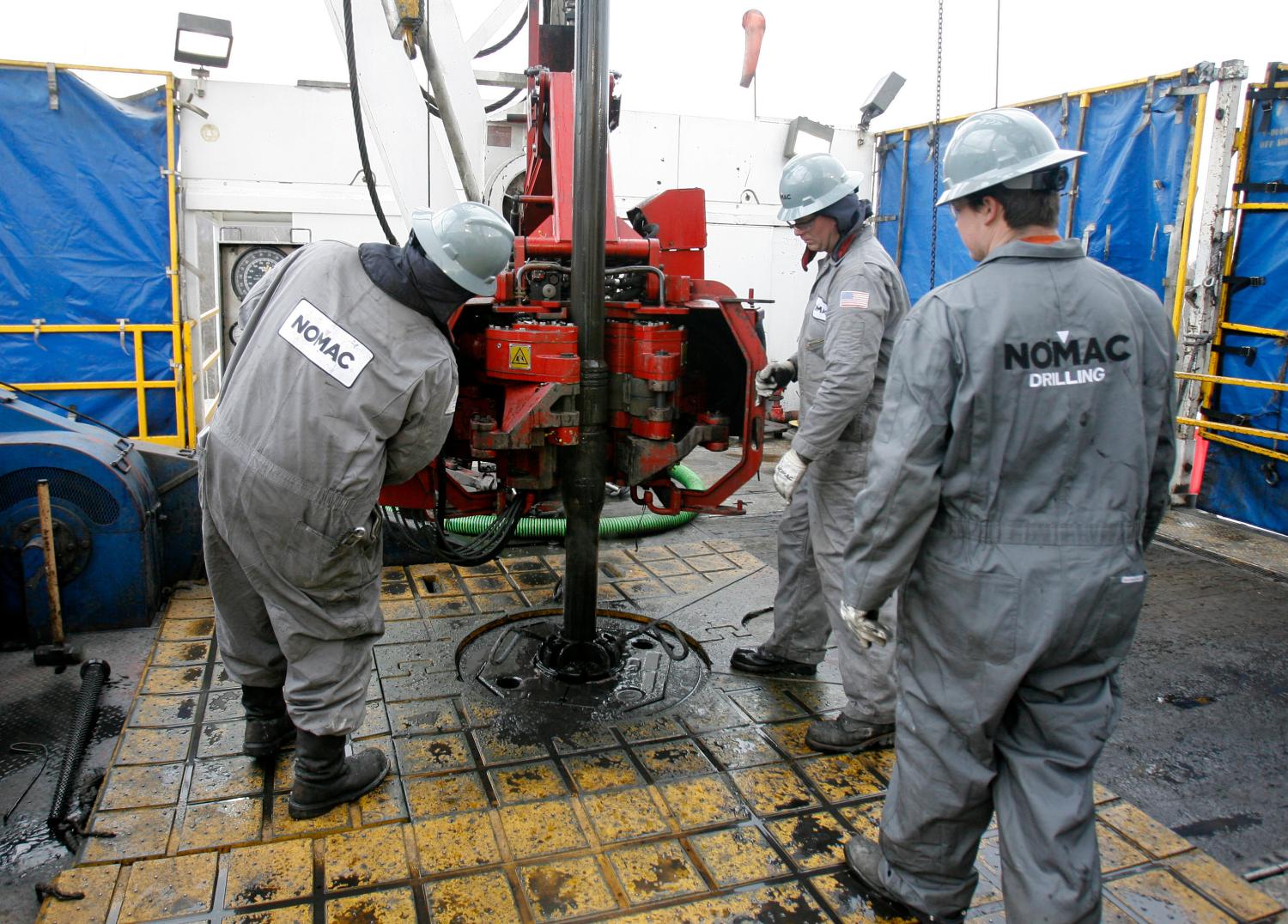Editor’s Note: For Campaign 2012, Ted Gayer wrote a policy brief proposing ideas for the next president on climate change. The following paper is a response to Gayer’s piece from Charles Ebinger and Govinda Avasarala. Katherine Sierra also prepared a response arguing that the introduction of a carbon tax would encourage the United States to tackle greenhouse gas emissions and help the nation regain its international leadership on the issue.
In addition to the sort of fiscally sensible climate policies Ted Gayer recommends, the next president’s energy plan will need to consider five major events that disrupted energy markets in the past four years: the Arab Spring, the Fukushima nuclear accident in Japan, the shale gas “revolution,” the shift in the global macroeconomic landscape, and the ever-closer peril of climate change.
The first of these, the Arab Spring, vividly displayed U.S. consumer exposure to the world oil market. Despite importing only marginal quantities of Libyan crude oil, the United States witnessed a spike in gasoline prices following the Libyan uprising. This exposure to global supply shocks cannot be reduced without a sustained effort to cut domestic oil consumption.
The Obama administration has been effective in paving a long-term plan for reducing oil consumption in the transportation sector, which accounts for roughly 70 percent of domestic oil demand. Unfortunately, most of its efforts to curb the country’s oil demand will provide only marginal benefits in the near term. For example, the administration’s goal of putting 1 million electric vehicles on the road by 2015 is ambitious and laudable, but it is also miniscule when compared with the country’s existing fleet of vehicles, which number more than 260 million. Similarly, natural gas vehicles face large short-term barriers. A natural gas fueling infrastructure is not yet in place, and the technical challenges will require economic concessions, as well as changes in consumer preference.
While President Obama has enacted new stringent vehicle efficiency standards, to be implemented by 2017, one other major policy tool would help curb demand: a gasoline tax. Given the extent to which the transportation sector is dependent on gasoline, a gasoline tax would help reduce not only consumption but also the deficit. In addition, it would provide an incentive to develop alternative fuels and could even be used for investment in mass transit infrastructure.
However, the United States will still need to secure supplies in the midterm. And, for the first time, the prospect of a substantial shift in the source of oil imports is a reality. U.S. oil production is increasing rapidly. The National Petroleum Council projects that tight oil production—crude oil produced from shale plays through hydraulic fracturing—alone will reach as much as 3 million barrels a day by 2035. Production of Canada’s oil sands is expected to top 3 million barrels a day by 2020, according to Canada’s National Energy Board, and Brazil’s oil sector is poised to reach 2 million barrels a day of exports by 2020, according to estimates from Petrobras. With the liberalization of Mexico’s oil sector, the hemisphere could come close to being oil independent over the next decade. The next president must not let any of these opportunities slip away.
Second, the accident at the Fukushima nuclear power plant in Japan has changed the energy landscape. For one thing, it has reignited the skepticism surrounding the safety of nuclear power. In the United States, despite recent regulatory approval for a new reactor technology, the industry’s future remains far from sanguine. Only one reactor is currently under construction, and another handful are still in the pipeline. To help galvanize the industry, the next president must decide what to do with America’s civilian nuclear waste. Although an expert panel assembled by Secretary of Energy Steven Chu has come to some useful conclusions, its recommendations will mean nothing if the next president does not move to pick real sites, establish real time frames for implementation, and appropriate real dollars to get the job done. As part of this exercise, the next administration should look seriously at the prospects of using the Waste Isolation Pilot Plant (WIPP) in New Mexico as the preferred site.
Third, the Fukushima accident has also significantly tightened global gas markets. Japan, which already pays a significant premium for liquefied natural gas (LNG), has been forced to buy more natural gas to make up for the power shortage following the earthquake. The situation is only expected to get worse as all of Japan’s nuclear reactors will be idled over 2012 while safety checks and stress tests continue. If current public opposition prevails, some may never be restarted again.
The unfortunate situation in Japan highlights, albeit indirectly, another energy policy decision for the next president: it pertains to the shale gas “revolution,” which has led to a domestic glut of natural gas and depressed prices. As a result, a number of companies have expressed interest in exporting natural gas in the form of LNG to take advantage of higher international prices—which raises the question of whether such exports should be encouraged. The next administration should continue to allow the Department of Energy to evaluate each such project on the basis of the national interest. Proposals for caps and bans would distort markets and would encourage a tighter market for natural gas, some of which goes to produce products that American consumers import.
Fourth, the next president will face a dramatic eastward shift in energy consumption. While Middle Eastern oil is becoming less and less important to North America, nations in Asia such as China, India, South Korea, and Japan will find the Gulf of greater strategic significance. The energy-hungry emerging economic powers of China and India are nurturing relationships with the region’s major energy producers—notably Saudi Arabia, Qatar, and Iran. Moreover, increasing efficiency and a rise in domestic and regional production means that the energy bond between the United States and the Middle East may weaken, providing a power vacuum that may be filled by China and India.
Fifth, the transition in policy discussions from “climate change” to “clean energy” or “the green economy” indicates that the importance of global warming on the national agenda is waning. However difficult, the next president must reset the conversation to focus not on the economic benefits of “green jobs” but on ensuring that the United States is on a clear path to a low-carbon future. Although bound to be controversial, this step would ensure the next president’s legacy.
On this issue of clean energy, President Obama has been vague, and his administration has not been forthright in explaining that the United States will continue to remain dependent on fossil fuels for years to come. While encouraging renewable energy, the next administration must acknowledge that meeting the globally recognized carbon abatement targets is impossible unless it proves that carbon capture and sequestration from natural gas and coal is both technically and commercially viable. This is the challenge that should galvanize the country while it continues to support advanced research and development in advanced energy technologies such as battery storage. Here, the next president must make clear why it is important for the government to support alternative energy technologies.
The next presidential term will begin during a time of great uncertainty in the energy and environmental landscape. Much of this uncertainty has been caused by the five aforementioned global shocks. By incorporating the externalities of these shocks into his energy policy, the next president could position the United States toward a more energy-secure future.




